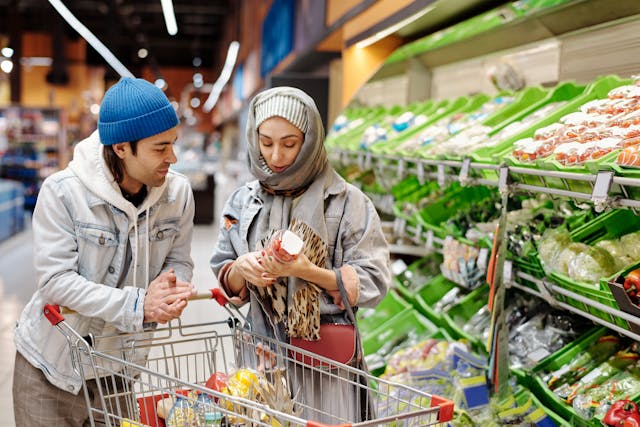

The halal market size in Southeast Asia is witnessing dynamic growth, driven by key players such as Malaysia and Indonesia. These countries, with their substantial Muslim populations, are influencing Southeast Asia’s halal market and making significant contributions to global halal industry trends.
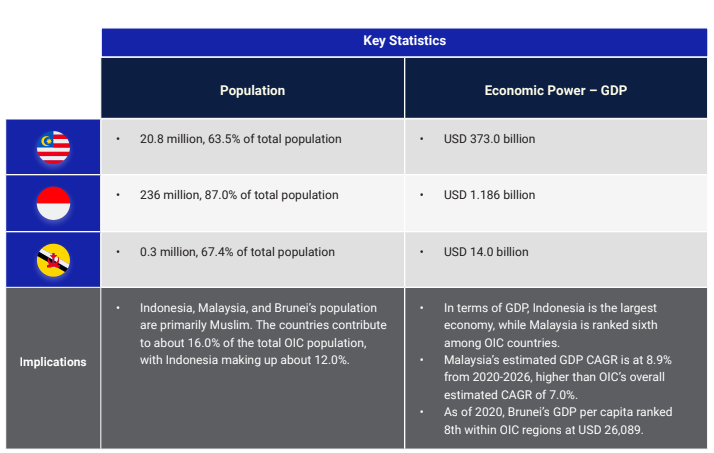
Source: https://ycpsolidiance.com/white-paper/halal-industry-in-southeast-asia
According to the State of Global Islamic Economy Report (GIE) 2022, Malaysia ranked top in the halal category and has maintained this position for the 9th consecutive year. The country has emerged as the leading global halal hub, boasting an impressive annual export value of USD 8 billion for halal products. This export value constitutes approximately 5.1% of Malaysia's total exports.
With a Muslim population of 20.8 million accounting for 63.5% of the total population, Malaysia plays a pivotal role in shaping the halal industry trends. Malaysia's forecasted halal industry value by 2030 is an ambitious USD 113.2 billion, representing 2% of the forecasted global market value by the same year.
Key sectors driving Malaysia's halal market include halal food, cosmetics & personal care, and pharmaceuticals. In 2021, Malaysia ranked 5th in the halal cosmetic market, contributing USD 3.6 billion in consumer spending. Additionally, the pharmaceutical sector gained prominence, with Malaysia ranking second in the GIEI ranking and attracting foreign investments in the halal pharmaceutical space.
Other emerging sectors in Malaysia's halal industry include modest fashion and tourism, signaling diversified growth avenues for the country.
With the world's largest Muslim population at 236 million, Indonesia holds significant influence in Southeast Asia’s halal market. The country's halal market value stands at an impressive USD 303.5 billion, reflecting its dominance and potential for further growth.
In 2020, Indonesia represented 16% of the global halal food & beverage industry, ranking first for the highest consumer spending globally. The top three consumer goods industries with the highest consumer spending in Indonesia are food, media, and modest fashion.
Islamic media, valued at USD 22.4 billion in consumer spending in 2021, has attracted substantial investments, with major acquisitions such as Google and Temasek Holdings acquiring Tokopedia's media arm for USD 350 million in 2020.
The modest fashion industry in Indonesia has witnessed remarkable growth, driven by influential designers and a shift in customer perception. Indonesia ranks 6th and 9th respectively as top OIC importers and exporters of fashion to OIC, with values of USD 1.2 billion and USD 0.4 billion.
Indonesia's halal pharmaceutical industry is responding to increased demand amid the COVID-19 pandemic. Investments are pouring into obtaining halal certifications for pharmaceutical products, with the government issuing mandatory certification requirements. In 2021, Indonesia ranked fourth in the pharmaceutical Muslim consumer market, valued at USD 5.4 billion.
As Southeast Asia's halal market continues to evolve, Malaysia and Indonesia emerge as powerhouses, contributing significantly to the region's growth and influencing global halal industry trends. The forecasted values, investment trends, and diversification into emerging sectors underscore the dynamic nature of the halal market in Southeast Asia, promising a future of sustained expansion and innovation.
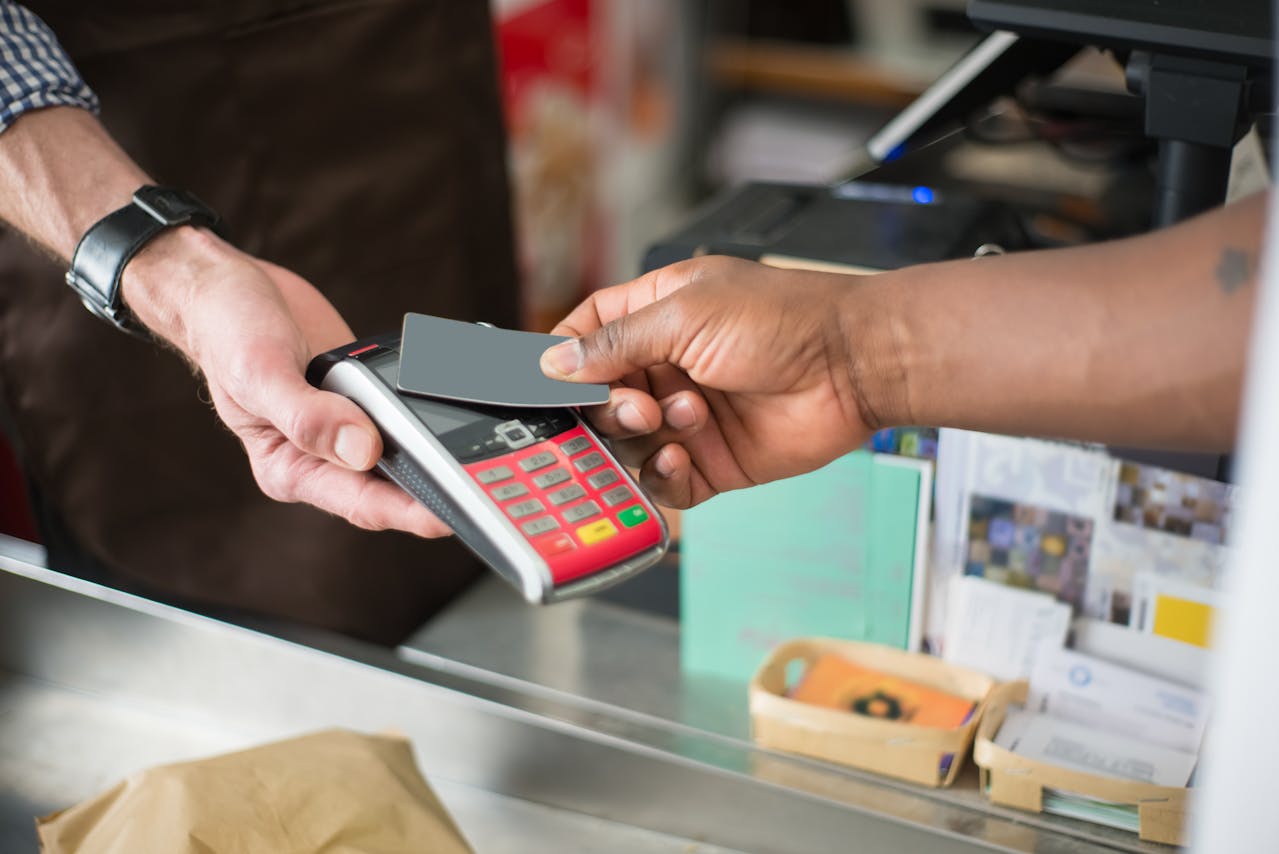
Digital Lending in Southeast Asia: Current Trends and Future Outlook
Digital lending in Southeast Asia (SEA) has been on an upward trajectory, significantly enhancing financial access for both individuals and businesses. The region's high internet and mobile penetration rates have facilitated this growth, enabling more people to access financial services conveniently. Governments across SEA are actively promoting digital lending as a means to improve financial inclusion, particularly for the underbanked and unbanked populations. For instance, digital lenders in countries like Indonesia and the Philippines have capitalized on the surge in internet usage to offer innovative lending solutions.
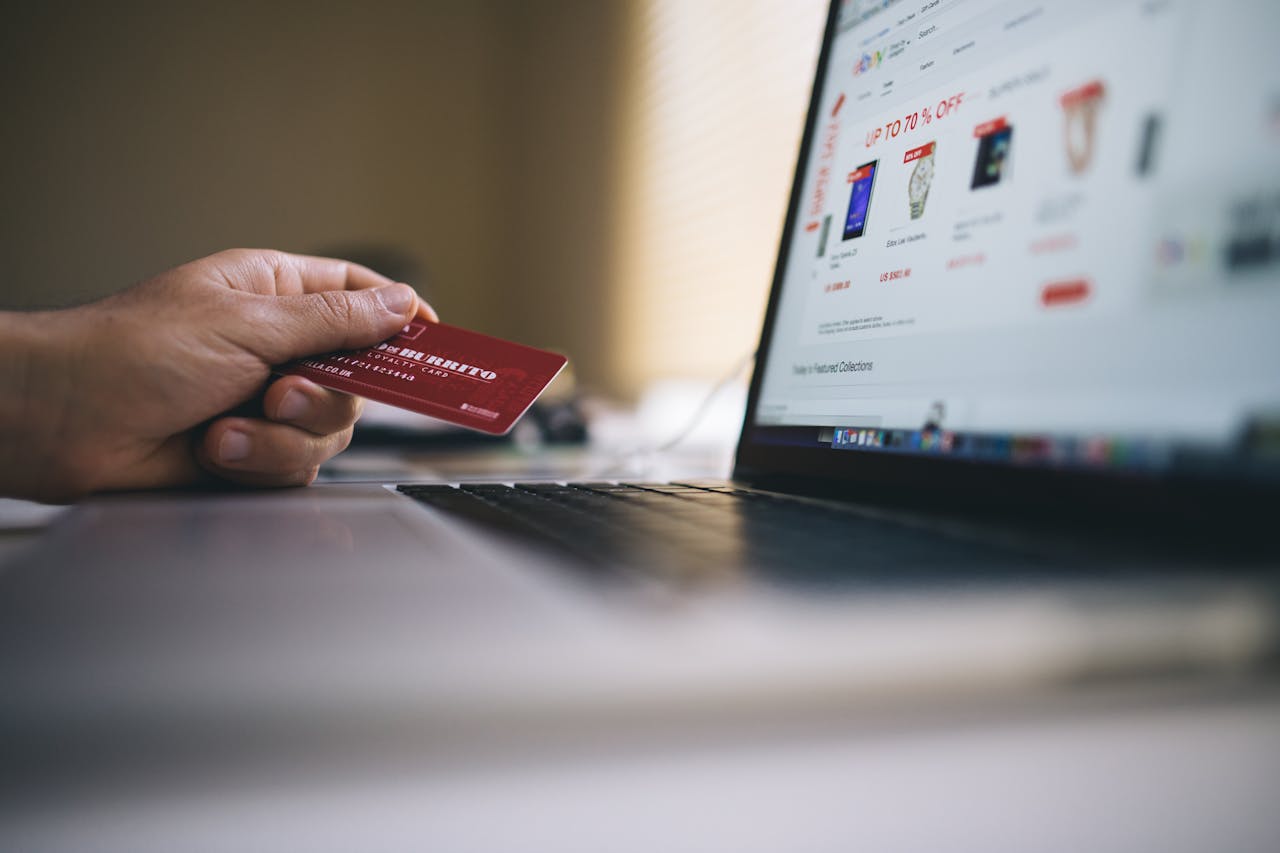
The Latest Trends and Developments in SEA’s Digital Payments Landscape
The adoption of digital payments in Southeast Asia (SEA) has accelerated, driven by technological advancements, government initiatives, and changing consumer behaviors. It has evolved from simple online transactions to sophisticated financial ecosystems that include various payment methods such as mobile wallets, QR code payments, and Buy Now Pay Later (BNPL) options.

Navigating the Digital Era: Future Jobs and Skills in the Age of Digitalization
The job market's transformation driven by digitalization highlights the need to understand emerging trends and acquire essential skills for thriving.
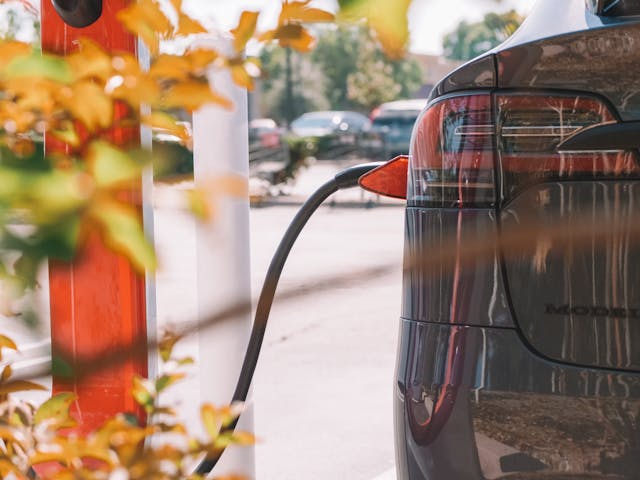
Navigating Key Challenges in Southeast Asia’s EV Market
Southeast Asia (SEA) finds itself at a crucial juncture in the journey towards electric vehicle (EV) production and adoption as the world transitions towards sustainable transportation solutions. The region has several significant keys for developing the EV industry, such as Indonesia's nickel supply and Thailand's EV manufacturing potential. However, the ASEAN EV industry faces many challenges and threats that must be overcome to ensure success in the region.